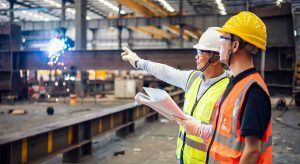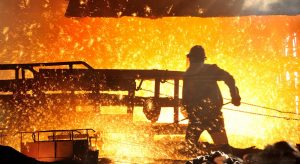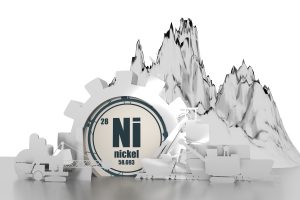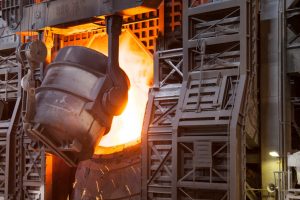Italian steel: 2016 budgets improve but alert remains.
For Italian steel, almost four thousand balance sheets for the year 2016 were analysed and some positive signals emerged.
These movements, as Claudio Teodori, professor of Business Economics at the University of Brescia, reports, “they do not mean that we can relax and lower our guard: we can see an improvement or consolidation of the positions compared to last year”.
There are also some positive signs such as an increase in investments (although not widespread) and improved economic conditions in the various stages of the chain.
Nonetheless, business is declining, which has a negative impact on market share.
Profitability is at a standstill and, despite improvements compared to last year, remains at the same level as at the beginning of the previous three-year period (2014 – 2016).
The trade in scrap and ferroalloys had a satisfactory comparative position in previous years.
Production still shows signs of weakness but is reacting; distribution, which was particularly penalised in the first year of the three-year period, has improved its condition and is close to the average in 2016; service centres have progressively strengthened their relative position
The ratio of added value to turnover increased slightly from 15.3% to 17%. This signal is very important as a precondition for the improvement of the economic situation.
The added value can be broken down as follows:
- 78% from production
- 9% steel trade
- 9% service centres
- 4% trade in scrap and ferroalloys
EBTDA (Earnings Before Interest, Taxes, Depreciation and Amortisation – gross operating margin) improved, although still at unsatisfactory levels.
With regard to debt, there is a good reliance on external lenders, most likely due to the low cost of money.
the best position is in production, mainly due to higher capitalisation. Distribution is close to the average, while service centres deviate from it in the negative, mainly due to worsening liquidity. The trade in scrap and ferroalloys has, overall, the least satisfactory situation and is progressively worsening
Finally, the professor concluded by saying that the Italian steel sector is going through difficult times but there are some signs of resilience and progress. Critical issues remain from both an income and a financial point of view.





